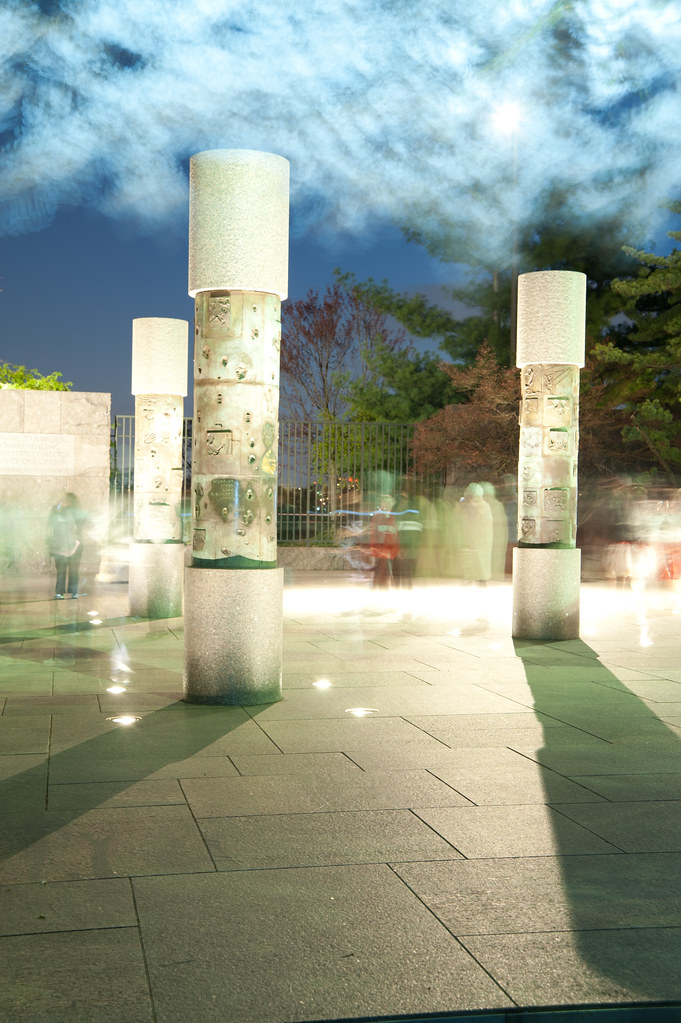Night in DC, by Reed A. George
Nikon D700, Nikkor 50mm f1.8 AF-D Lens
iso 200, f11, 30 seconds
Well, given that daylight savings time just ended here on the East Coast, it may be a good time to think about night photography. I am no expert in this type of photography, but am willing to give it a go.
What got me thinking of it is this excellent video primer, by adventure photographer Kamil Tamiola, on DIYPhotography.net.
Video Source: http://www.diyphotography.net/hard-core-primer-on-night-sky-photography?utm_source=feedburner&utm_medium=feed&utm_campaign=Feed%3A+Diyphotographynet+%28DIYPhotography.net+-+Photography+and+Studio+Lighting%29
If you have trouble with the video, please go to the link at the bottom of this post to view it on DIYPhotgraphy.net.
Kamil shares several important steps, a checklist of sorts, for preparing for great night photography, specifically in mountain landscapes, sometimes including people or other features lit with artificial light sources.
First, Kamil suggests considering the following things about your location and timing:
- Go as high (altitude) as you can. This provides more clear atmosphere.
- Go when it's cold out. There is less humidity in cold air to cause aberrations.
- Monitor the pressure. High pressure means clear skies.
- Check the moon phase. A new moon gives the best light.
Kamil also presents some tips on equipment. He uses a Nikon D3S DSLR. He also suggests a fast lens (f2.8 or faster), and a very solid tripod. He reminds us repeatedly to turn off any vibration reduction features. He also says "don't go cheap on the tripod."
Finally, here are his recommendations for settings:
- Manual focus, distance set to infinity
- Manual exposure, 30 seconds exposure time
- Aperture wide open
- iso 3200 as a starting point
- Noise reduction off - apply it in post-processing only
- Shoot raw files
- Mirror lock-up, if you have it
- Self-timer or remote shutter release
Finally, to balance lighting from artifical sources (flashlight on a climber for example), remember the inverse square rule. If the climber is too bright, back away some distance, which will reduce the amount of light hitting your sensor by a square of the distance.
Kamil takes really beautiful night photos. (Click Here) to see some on DIYPhotography.net.
DMC-365.blogspot.com

No comments:
Post a Comment